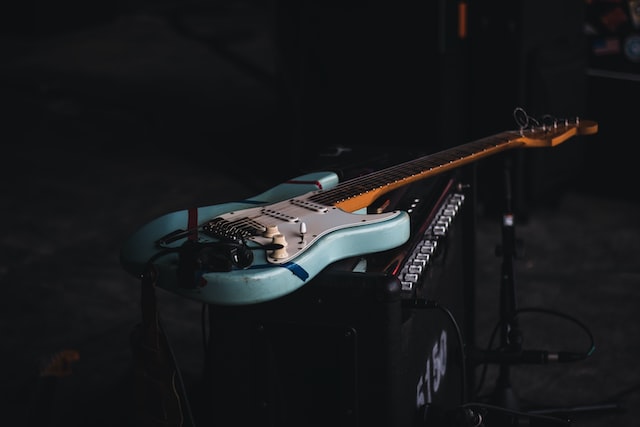Teaching beginner guitar lessons to children is a rewarding experience that can help shape their musical future. Whether your students are just starting out or have some experience, there are certain techniques and approaches you can use to ensure your lessons are engaging and enjoyable. In this blog post, we’ll look at the different ways you can approach teaching beginner guitar lessons for kids, from choosing the right material to creating a lesson plan. We’ll also explore how to create an environment where students can feel safe and supported while learning.

What You Need to Teach Beginner Guitar Lessons for Kids
In order to teach beginner guitar lessons for kids, you will need a few things. First, you will need a guitar. It is best if the guitar is an acoustic guitar so that the child can hear the music better. Second, you will need a metronome. This will help the child keep time while playing the guitar. Third, you will need a tuner. This will help the child tune their guitar so that it sounds good. Fourth, you need to know how to play the guitar yourself. This is so that you can show the child how to play the songs. Lastly, you need patience. Children learn at different speeds and some may take longer than others to learn how to play the guitar.
The Basics of Guitar Playing
Guitar playing for kids can be a great way to teach them about music. It can also be a fun way for them to learn how to play an instrument. Here are the basics of guitar playing for kids:
- Tuning the Guitar: The first step in learning how to play guitar is tuning the instrument. This can be done by using a tuner or by ear. It is important to make sure that the guitar is in tune before each practice session.
- Holding the Guitar: The next step is learning how to hold the guitar correctly. The right hand should be placed on the fretboard and the left hand should be placed on the back of the neck. The thumb should be pointing down and the fingers should be curled around the strings.
- String Names and Numbers: Guitars have six strings which are usually named after their note (E, A, D, G, B, e). The lowest string (E) is usually tuned to a lower pitch than the others. Each string can also be referred to by its number (1st, 2nd, 3rd, etc.).
- Notes on the Fretboard: The notes on a guitar are played by pressing down on the strings with your fingers at specific points along the fretboard. These points are called frets. Each fret produces a different note depending on which string is being pressed down.
- Chords: A chord is simply two or more notes played together
Simple Songs to Teach Kids
There are many simple songs that can be used to teach beginners guitar lessons for kids. “Twinkle, Twinkle, Little Star” is a great choice because it only uses three chords and is a familiar melody. Other good choices include “Row, Row, Row Your Boat” and “The ABC Song.” These songs can be used to teach basic concepts like chords, strumming patterns, and simple melodies.
Tips for Teaching Guitar to Kids
One of the most important things when teaching guitar to kids is to make sure that they are having fun. If they are not enjoying themselves, they are likely to give up and not want to continue. Here are a few tips to help make your guitar lessons for kids more fun:
- Start with the basics. Don’t try to teach them too much at once or they will get overwhelmed and lost. Stick to simple chords and melodies at first.
- Make it interactive. Get them involved in the lesson by asking them questions and having them play along with you on their own guitar.
- Use visuals. Kids learn best when they can see what they are doing, so use pictures or diagrams whenever possible.
- Be patient. Don’t get frustrated if they don’t seem to be progressing as quickly as you would like. Just keep working with them and eventually they will get it!



